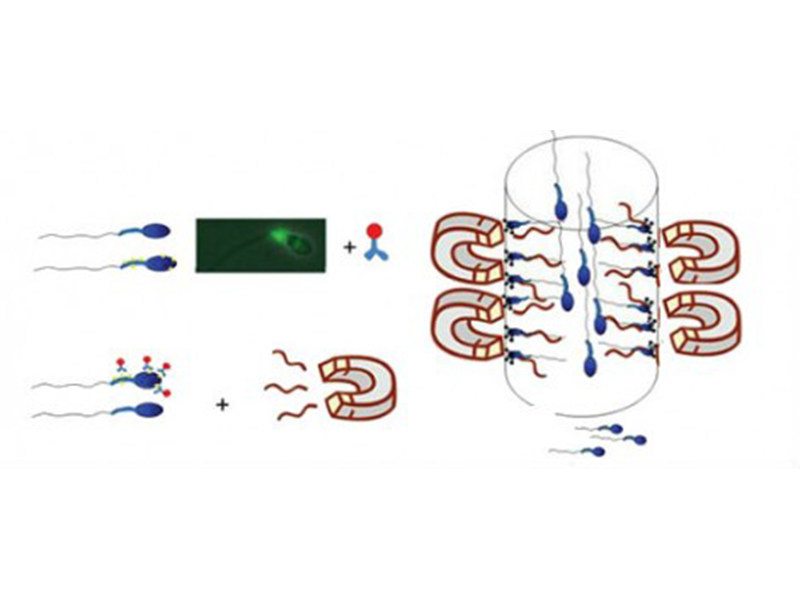Annexin V columns (MACS) is not for everyone

The emergence of new technologies excites not only to patients but also to doctors. It is hard not to be credulous, because we all want that new technologies surpass what we already had and therefore our results will improve. However, in this belief, we make the mistake of believing that in the worst case, the new technology does not improve the outcomes but neither decrease the success rates. When an intervention is indicated, it should be noted that besides the desired effect, it might have other (both beneficial and some deleterious) not known effects and, therefore, these should also be assessed. Finally, an additional adverse effect usually not taken into consideration is the economics: when paying for a new technology (which we do not know how effective it is), resources that could become useful in the future are spent (assuming that usually it is required of multiple cycles to achieve a successful pregnancy). And the unnecessary use of resources often ends up limiting the realization of these treatments in the future.
A few days ago, Romany et al published in Fertility and Sterility a randomized clinical trial (the design of highest methodological quality) on the use of annexing V columns (MACS) in any couple who perform in vitro fertilization. Annexin V columns constitute a technology which aims filter sperm with fragmented DNA and thus to use a better sample in the IVF/ICSI. However, nowadays, there is little evidence that shows the impact of increased DNA fragmentation in sperm (some studies showed a higher rate of miscarriage). But there are still less good quality studies that have shown any benefit of MACS to reduce these rates of miscarriage or improve the live birth rates. Still, if we imagine a population that could be benefited from this technology, it would be those with increased rate of DNA fragmentation in sperms. In this study they decided to assess whether MACS could benefit an unselected population (ie, that no matter how was the semen of those couples). And for this purpose, they evaluated patients undergoing oocyte donation, as this ensured that the oocyte factor does not play a role in the results.
No significant differences for any of the evaluated outcomes were observed. This means that there is still no evidence of benefit of using annexin V columns in an unselected population. We will have to continue studying the use of this technology in this population, as well as in more specific populations.


